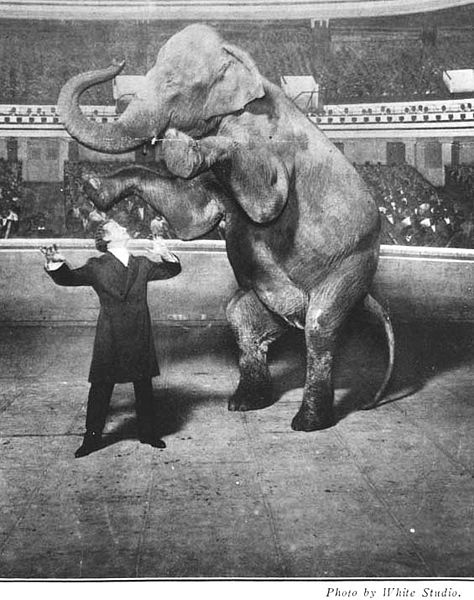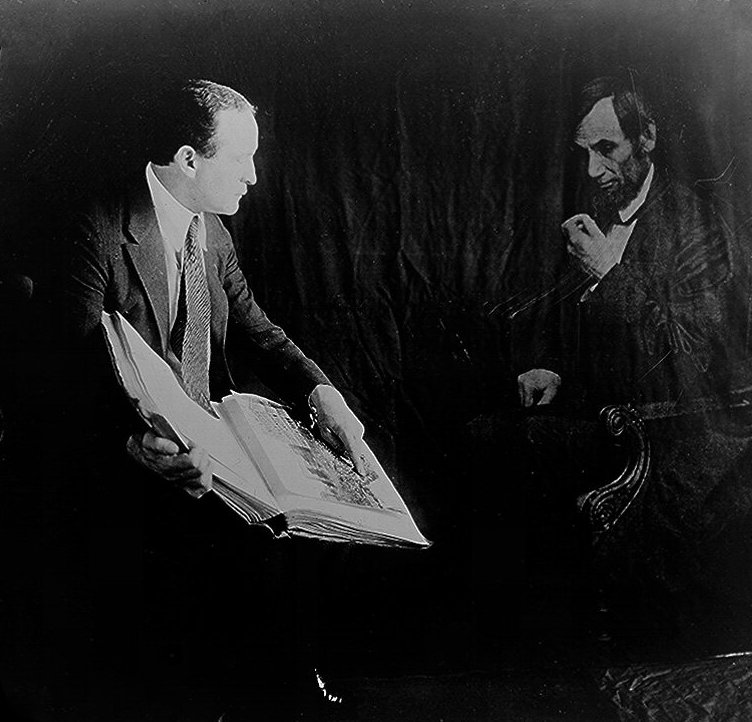
Figure 1 – Harry Houdini vanishing Jennie the Elephant, 1918. Photograph by White Studio. From the Wikipedia and the US Library of Congress. http://hdl.loc.gov/loc.pnp/cph.3c12421, Item in McManus-Young Collection, LC-USZ62-112421 DLC (b&w film copy neg.). In the public domain in the United States.
I was reading today that Friday, March 24 marks the 143rd anniversary of the great illusionist and escape artist, Harry Houdini (1874 – 1926). His exploits have survived the century. At one point he was nicknamed Harry “Handcuff” Houdini or “The Handcuff King” because he would challenge local police to bind him in such a way that he could not escape.Even today his great escapes, which included the “Chinese water torture escape, the suspended straight jacket escape, the overboard box escape, and the buried alive escape fascinate and tillilate. Don’t try any of that at home!
There are many great photographs of Houdini that capture not only the essence of the man but also the Zeitgeist of the early twentieth century. It was a time when people liked heroes and people liked drama. Figure 1 shows Harry at the Hippodrome, in New York City vanishing an elephant named “Jennie.” Other magicians were content to make a rabbit disappear, but in 1918 the great showman took to a well-lit stage fired a gun and a five ton elephant disappeared.
Houdini is arguably most famous today for his dogged crusade to expose fraudulent spiritualists. It is here that he brushes with photography. Figure 2 is an image that Houdini took to illustrate just how easy it was to conjure up a ghost. It shows the master reading a book to the very attentive “ghost” of Abraham Lincoln.

